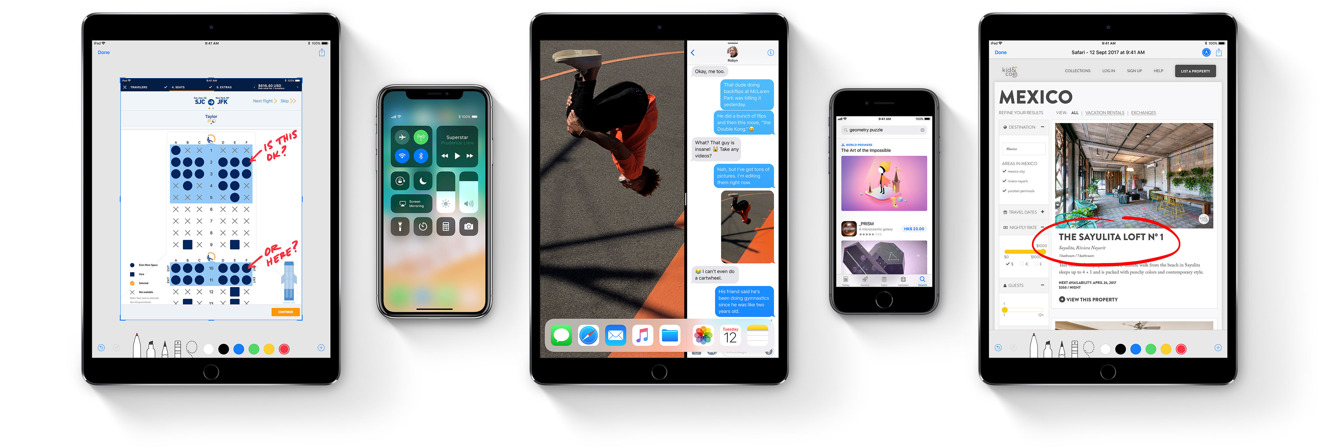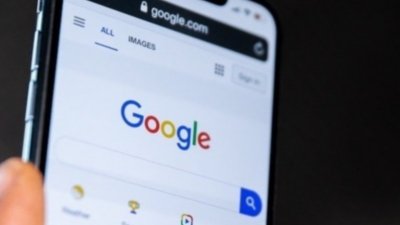Apple on Thursday unveiled a revised edition of its mobile security white paper, adding details on iOS 11.1 and 11.2 for information security professionals and intellectually curious users.
The biggest change to the oft-updated guide is a new section dedicated to Apple Pay Cash, Apple's recently released peer-to-peer payments feature that works inside of Messages. Apple Pay Cash debuted last month with iOS 11.2.
According to the document, Apple Pay Cash transactions are processed in a fashion not unlike standard Apple Pay:
When the user sends money with Apple Pay, adds money to an Apple Pay Cash account, or transfers money to a bank account, a call is made to the Apple Pay Servers to obtain a cryptographic nonce, which is similar to the value returned for Apple Pay within apps. The nonce, along with other transaction data, is passed to the Secure Element to generate a payment signature. When the payment signature comes out of the Secure Element, its passed to the Apple Pay Servers. The authentication, integrity, and correctness of the transaction is verified via the payment signature and the nonce by Apple Pay Servers. Money transfer is then initiated and the user is notified of transaction completion.
The document reveals that identity confirmation data - which Apple says is requested if an Apple Pay Cash balance reaches a predefined amount or if unusual activity is detected - is transmitted to the company's verification partner. Apple itself does not receive and cannot access that data, and the partner is unnamed.
Other changes include updates to security certifications, shared notes, CloudKit end-to-end encryption, standard Apple Pay, Shared iPad in educational environments, and Siri Suggestions. Face ID security measures, covered in a separate white paper, are also folded in.
 AppleInsider Staff
AppleInsider Staff








 Malcolm Owen
Malcolm Owen
 Amber Neely
Amber Neely


 Christine McKee
Christine McKee

 Chip Loder
Chip Loder
 Marko Zivkovic
Marko Zivkovic









9 Comments
Interesting. I’m curious to know how much, if any, anonymity there is in these transfers. Granted, it would be clear when you transfer money to and from your bank. But if I move money onto and off of my Apple Pay Cash card from/to other APC users is there a record of who made those transfers?
Also, if I have money on my APC “card” and use that to purchase something, where does the the merchant get their money from? And can that purchase be traced back to me (assuming I didn’t use a loyalty card or something similar that would identify me).
I was sent $75. It showed up as Apple Pay Cash.
I then attempted to send $81 to someone else. I only had my credit card information entered.
Adding the $6 didn’t work. I was required to enter another account to transfer money into Apple Pay Cash.
My understanding was with sending money using Apple Pay you could send money using a credit card ‘as the source’ but you would be charged the credit card fee of 3% vs. nothing when using an ATM card. That doesn’t seem to be true...
I also couldn’t transfer the $75 (Apple Pay Cash) to my credit card.
I ordered an ATM card for my checking account.
The point is with retailers Apple Pay only requires a credit card. But using Apple Pay Cash requires another account to be entered.
I was doing all this to test how it worked. If I’m mistaken correct me.
It seems like this technology can be extended to Apple Banking. But where it would get interesting would be things like “overdraft protection” which would make Apple also a loan company. I suppose Apple could outsource that part...
But since Apple is ‘holding” money as Apple Pay Cash, doesn’t that already make them a bank? I wonder what kinds of regulations they’re dealing with...